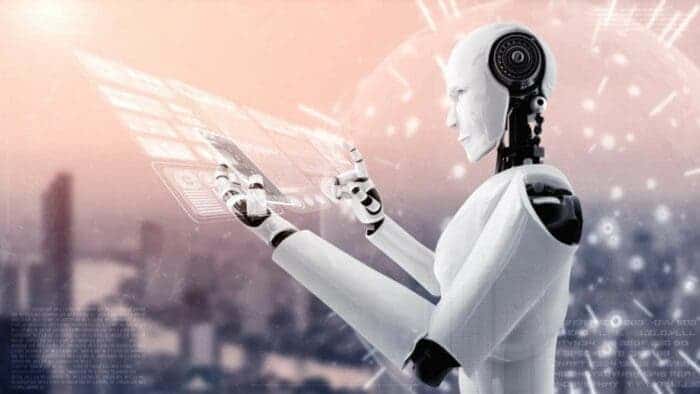Since the science fiction novel, Frankenstein, humans have always had the need to create another human-like robot. With the development of technology, all kinds of AI and human-like robots are now appearing in science fiction and movies. From the T-800 in Terminator to Sonny in I, Robot, to the various steel armours in Iron Man, human-like robots have grown with each generation. But in real society, the development of robots is not as smooth as in movies and novels.
Are human-like robots a good business?
Over the past few decades, countless companies are now into the human-like robot race. However, none of these companies have recorded any good success. One has to wonder if it is a good business in the end. The first-ever human-like robot, Herbert Televox, was built in 1927 by Ron Wensley of the WestingHouse Company. This robot is essentially just a circuit board. Originally, the board, called Herbert Televox, could operate specific switches according to different sound codes.
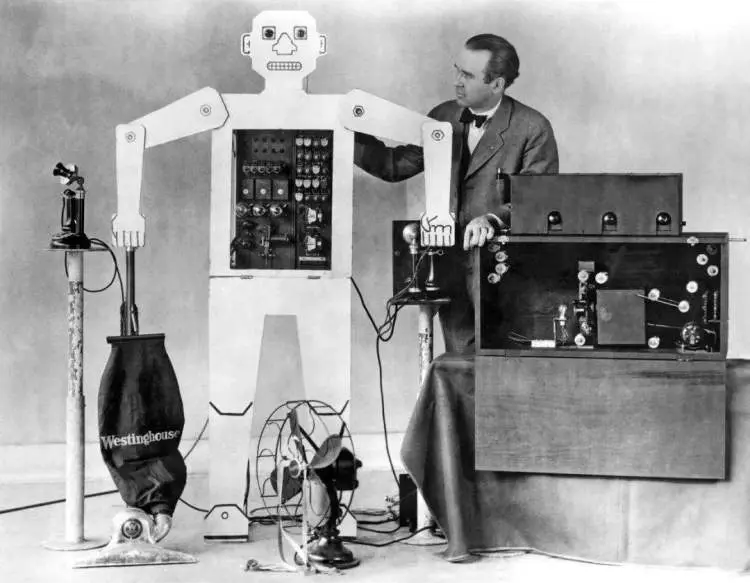
The product itself has very little or no selling points. In fact, many companies were reluctant to promote it. This product can be said to have no selling point, and even advertising companies are reluctant to promote it. Ron Wensley had to commission the company’s advertising department to promote it but was turned down. He eventually had to add a rough head and limbs to the robot. In addition, he had to paint it a Washington face, making it a “robot” for sale. Such promotions have succeeded in attracting the attention of the public and even the US military.
The birth of Herbert Televox brought Ron Wensley to the attention of the company. In 1929, he was transferred to the electrical department in Ohio. With the help of the department’s engineers, Wensley began the development of the next-generation robotics project, and Elektro was launched. Unlike the single-function Herbert Televox, Elektro has a more practical voice control function. Technically, we can consider this as the “the first human-like robot in history”.
How far did Elektro progress
Elektro can act according to the operator’s voice commands and complete 26 different actions. It can walk, smoke and even count. However, due to the limitations of the technology at the time, the voice command had serious limits. It could only follow a particular script. Elektro has more features than Herbert Televox. But its essence is still a machine with an internal control unit. However, the developers adds the human-like component by adding limbs and heads. This makes the robot looks like a human-being. After all, robots that can act like humans and perform various tasks were enough to amaze people at the time.
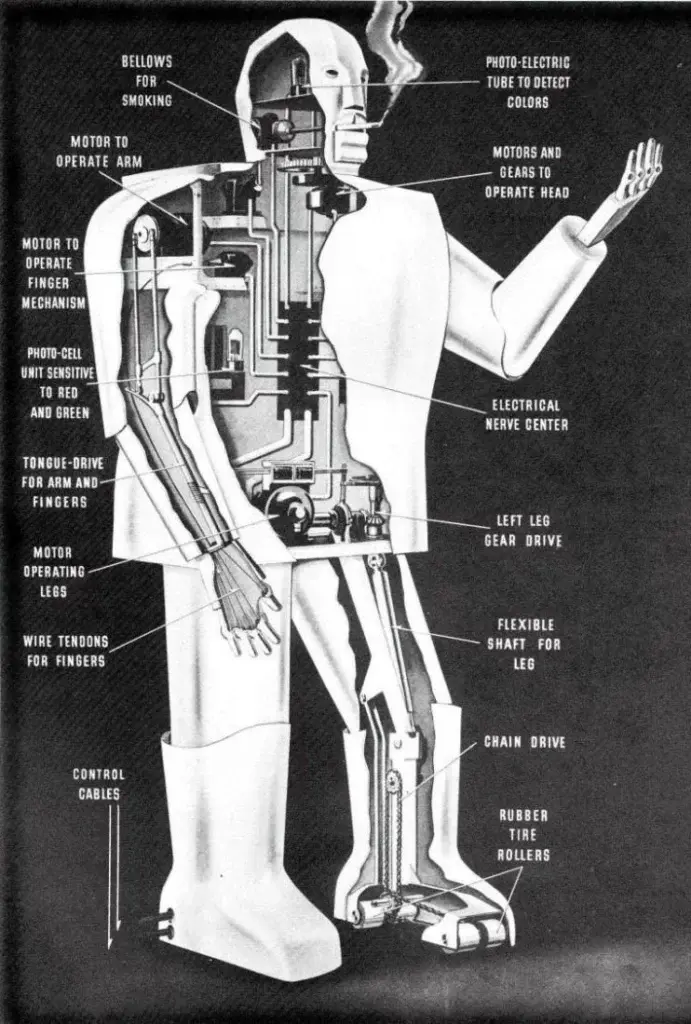
21st century human-like robots
In the 21st century, human-like robots seem to have become different. In 2000, Honda launched Asimo, the first-generation real humanoid robot. The robot has human-like mobility and can walk, run and jump. After the official debut, Honda started the research and development of the second-generation robot. At the same time, Asimo has been on a nationwide tour, attracting the attention of the Japanese people. Gradually, Asimo also began to engage in formal work such as reception and performances. For example, companies such as IBM rented Asimo as a receptionist. However, it is important to note that Asimo’s intelligence is not high. This robot does more for display and teaching, and it can’t replace real people in actual work.
Aldebaran Robotics also launched a social robot Nao in 2006. Unlike other robots, Nao can be visually programmed through ready-made instructions. This allow users to explore different fields of use on their own. The robot is active in more than 50 countries and regions around the world. It works mostly as an educational tool and as a nurse to help care for children with autism. Like Asimo, Nao’s utility doesn’t make it a commercial robot, but more as a research tool. Since 2010, artificial intelligence technology has become a trend, and robots finally have a “brain”. They can now start to handle certain professional work.
NASA Robonaut 2
NASA launched Robonaut 2, an exploration robot, in 2010. The exploratory robot landed on the International Space Station with the space shuttle Discovery in 2011. It basically assists astronauts with some dangerous work. Jointly developed by NASA and General Motors, Robonaut 2 masters advanced control. It comes with sensing and imaging technologies that can help humans do more work. It can help with building factories, producing cars and even space exploration.
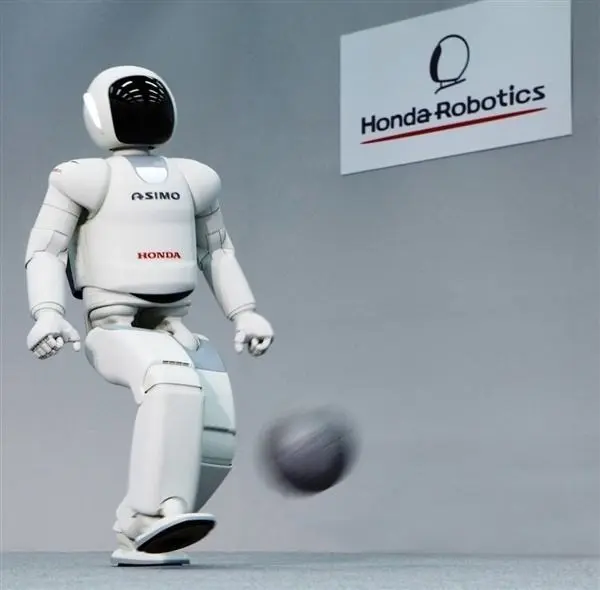
In 2013, Boston Dynamics released the humanoid robot Atlas. It took several years to develop this robot into a parkour robot with extremely high body coordination. However, it adds the AI system to allow Atlas to continuously learn and evolve. The goal is to help humans complete various tasks, especially high-risk exploratory work.
In 2015, the French team under Softbank launched the robot with human shape, Pepper. This robot takes another dimension in the social field. Pepper has speech recognition technology and emotion recognition capabilities to communicate like a human. Pepper has access to industries such as finance, retail, education, nursing, and more. It can do a wide variety of jobs like a humans.
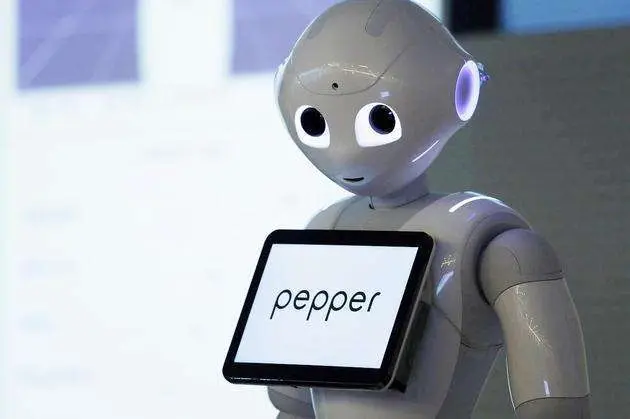
AI technology and robot development
The development of AI technology has made robots with human shape a qualitative leap. However, since the slow down of AI technological progress, there is also a slow down of human-like robot development. The huge research and development costs have put many robot companies into a financial crisis.
Due to the lack of commercial value, Honda gradually stopped the research and development of robots in 2018. In fact, even the once-popular Asimo robot also began to slowly retire. It no longer performs the exhibitions. The main reason for stopping research and development is that human-like robots lack commercialism. Also, their huge research and development costs prevent them from making enough profits. For most people, the performances of robots with human appearance have lost their freshness. Watching the robot performances is not even as interesting as watching virtual idol performances.
Boston Dynamics also changed hands several times because of the dismal sales of robots. SoftBank also announced in June this year that Pepper would be discontinued. The company is already laying of the robot development teams in France and Japan. From a commercial point of view, robots wth human shape are more like a sci-fi dream by humans.
Alien robots emerge
Robots with human appearance have been mired in a technical quagmire. However, alien robots is making great great strides and have even gone commercial. Boston Dynamics’ Spot has begun mass production. It is now in use in fields such as freight, mountain transportation, and disaster relief. Sony’s assistant robot dog AIBO is now in active service in Japan. It now provides assistant services to the crowd as well as in the medical and other industries.
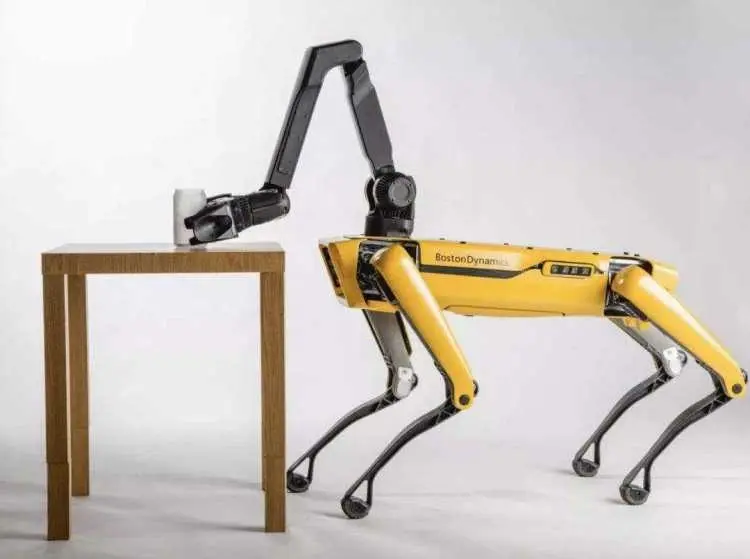
These alien robots are also comes with an operating system with a high degree of AI. They can accept commands from users and complete charges on their own. At the same time, in different applications, these alien robots can also arbitrarily transform into different shapes. They are more adaptable to different environments than robots with human shape. Various bionic parts allow them to travel in different scenes like animals in the air, mountains, oceans, etc.
Alien robots exist in various styles, including robotic arms. When JD.com was listed in Hong Kong last year, there was a robotic arm that participated in the bell-ringing ceremony. And such robotic arms have been placed in many different positions by JD.com. These robots can sort, transport and perform inventory management. They can also use their AI capabilities in various positions to cooperate with employees to complete various tasks.
With the help of AI, some tools have even completely replaced human workers. Xiaomi announced its own unmanned factory in 2020. This 18,600-square-meter black light factory is only equipped with more than 100 maintenance personnel. The usual production work is done by various robotic arms. The annual output is as high as millions of mobile phones.
Robotic arms with AI capabilities are increasingly being put into actual production work. Although they don’t have the same appearance as humans, they are practically indistinguishable from robots.
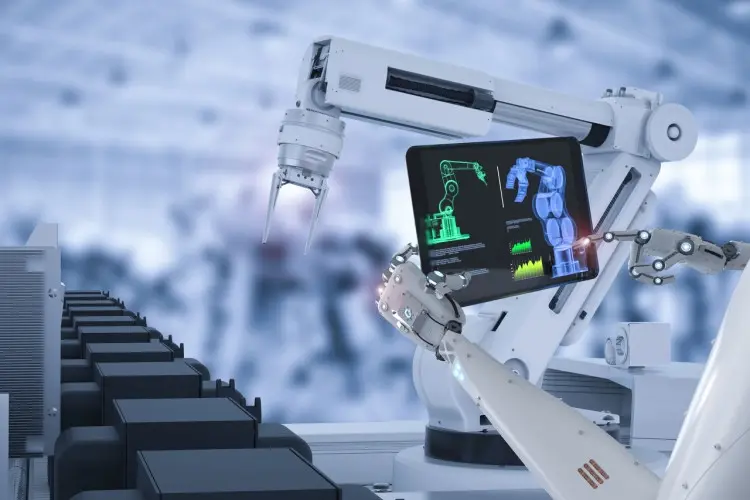
Conclusion
For robots with human appearance, the most important areas of application is the medical and education fields. They can provide education and assistant services and eventually reduce human work. This type of assistant robot can take care of the old or young children. Their mobility has limits and they help to reduce the work of the guardians. The design of the robots that look like humans makes it easier for people to accept them as assistants. With AI technology, these robots can adapt wo users and meet their needs like real people. In fact, with the current pace of development, robots with human appearance will be able to meet humans emotional needs.
Of course, with the current AI technology, these robots cannot completely replace humans for communication. However, they still need to upgrade as well as learn more to be better. There is still a long way to go before assistant robots can truly provide assistant services like humans.
At the moment, robots with human shape are still a product in the early stage of development for the market. They cannot help humans to complete various services. For the market at the moment, robots with special shapes are still far better than those with human shape. The value of robots is to help humans complete various difficult tasks.

